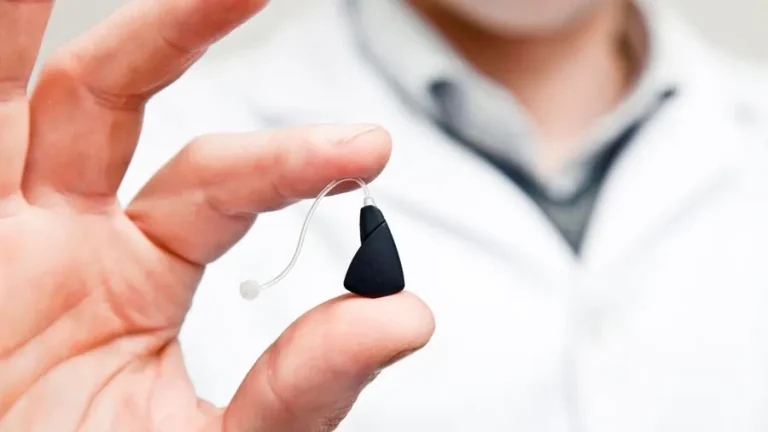Many people have hearing loss without realizing it. Sadly, this loss is impacting every area of their life. They may struggle to have conversations with loved ones or miss important details and professional interactions. Hearing loss can lead to physical consequences as well as cognitive ones.
Every individual should have their hearing tested regularly. People often put off doing so because they don’t want to know they have hearing loss. They are well aware of the cost of hearing aids and recognize they cannot afford these assistive devices.
However, hearing aids are quickly becoming a necessity. They restore a person’s hearing clarity and confidence. These devices allow them to remain connected to others, which is an essential part of overall health and well-being.
Fortunately, hearing aids are more affordable than ever before. A person can buy a basic set for much less than they realize. The price varies significantly based on the technology and features the individual chooses. Brand and customization options also play a role in what a person will pay for these devices. The more a person knows about hearing aid cost, the easier it is to find the right devices for their needs.
The Importance of Hearing Aids
Several things can lead to hearing loss. Many people notice a decline in their hearing as they age. However, noise exposure, genetic factors, ear infections, and trauma to the ears can lead to this loss. Early intervention helps minimize the loss and ensures the individual can hear clearly. Hearing tests should be conducted regularly, even for children and young adults. The sooner any hearing loss is detected, the sooner a treatment plan can be developed to minimize this loss.
Hearing Aid Cost Factors
When comparing hearing aids, a person must consider the type of device. Behind-the-ear devices are suitable for individuals with mild to severe hearing loss. In-the-ear options are discrete but come with a slightly higher price tag. Receiver-in-canal or in-the-canal hearing aids are the smallest devices offered today, and they often come with a premium price tag.
Digital hearing aids cost more than their analog counterparts, but the user can adjust the sound automatically for the desired level of clarity and their personal comfort. Analog versions typically have limited features. A person might choose additional features, such as rechargeable hearing aids, noise reduction, or Bluetooth connectivity. These features will add to the cost.
Additional factors also influence the cost. Custom fittings will increase the price a person pays for hearing aids, but these fittings increase the wearer’s comfort and the effectiveness of the devices. Hearing aids also vary in cost based on the geographical location. Furthermore, if an individual chooses to go to a clinic offering advanced services, they will likely pay more for their hearing aids.
Hearing Aid Prices
Over-the-counter hearing aids can be as low as $150 per ear. However, these devices only offer basic amplification and limited features. Mid-range devices typically start at $1,000 and go up from there. They provide digital features and noise reduction, making them more comfortable than budget options. Premium devices offer advanced sound processing, Bluetooth, and customized fittings. These devices are typically rechargeable. A person can expect to pay $2,500 or more per ear when they choose premium hearing aids.
Talk with an audiologist before choosing a hearing aid. They help individuals find the correct device for their hearing needs. Furthermore, consider all available features to identify the most important ones. Individuals who are aware of the available options find it easier to purchase assistive devices that meet their needs in every way.

